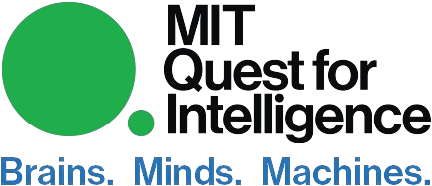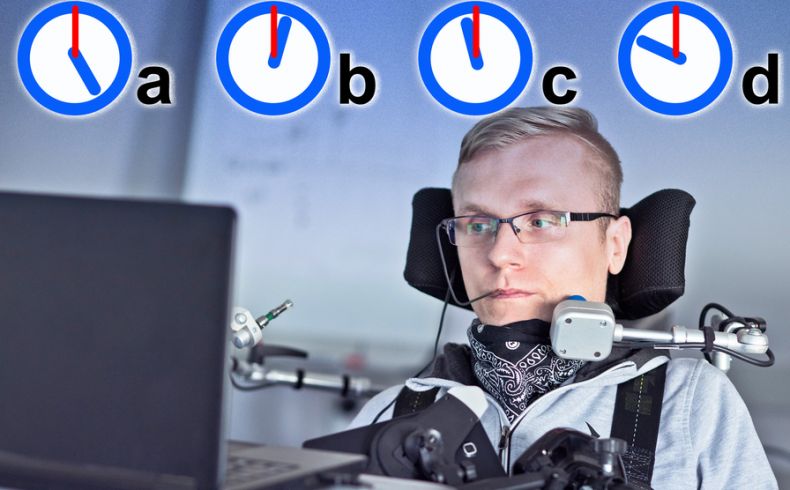A system being developed by researchers at MIT places individual selection indicators next to each option on a computer screen. The indicators can be placed anywhere — next to anything someone might click with a mouse — so a user does not need to cycle through a grid of choices to make selections. The system, called Nomon, incorporates probabilistic reasoning to learn how users make selections, and then adjusts the interface to improve their speed and accuracy.
Participants in a user study were able to type faster using Nomon than with a row-column scanning system. The users also performed better on a picture selection task, demonstrating how Nomon could be used for more than typing.
The research is being presented at the ACM Conference on Human Factors in Computing Systems with senior author Tamara Broderick, an associate professor in the MIT Department of Electrical Engineering and Computer Science (EECS) and a member of the Laboratory for Information and Decision Systems and the Institute for Data, Systems, and Society. Joining Broderick on the paper are lead author Nicholas Bonaker, an EECS graduate student; Emli-Mari Nel, head of innovation and machine learning at Averly and a visiting lecturer at the University of Witwatersrand in South Africa; and Keith Vertanen, an associate professor at Michigan Tech.
This research was supported, in part, by the Seth Teller Memorial Fund to Advanced Technology for People with Disabilities, a Peter J. Eloranta Summer Undergraduate Research Fellowship, the MIT Quest for Intelligence, and the National Science Foundation.

